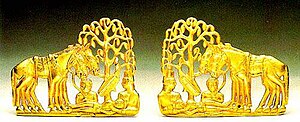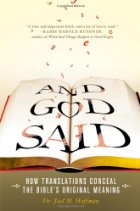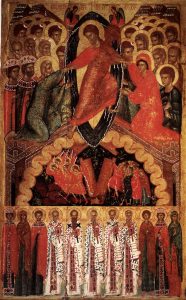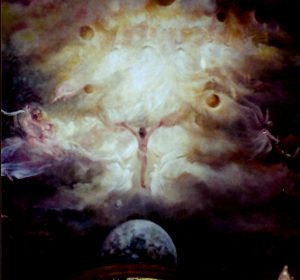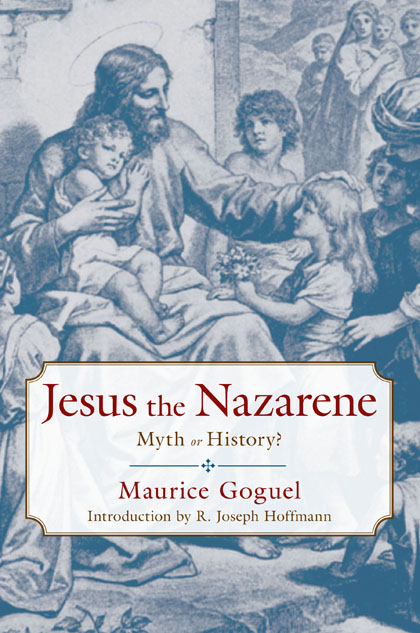
Is Doherty’s view that earliest Christian belief that Christ was crucified in some heavenly realm even conceivable? Could any ancient mind plausibly think of a divinity taking on a bodily form and suffering and being exalted again — all quite apart from a literal location on earth? This post does not address such specifics. The topic is too vast for that. But it does have a more modest goal of illustrating the sorts of things that we know ancient minds certainly did think about the sorts of things that might go on “up there”.
Earlier this year I posted Ancient beliefs about heavenly realms, demons and the end of the world. A couple of responses were interesting. One or two commenters immediately took exception to plain statements that some ancients believed that the entire space between the earth and the moon is inhabited by spirits or demons of some sort. It did not seem to matter what certain ancient authors actually said. The real fear seemed to be that quoting such passages might lend some credence to Earl Doherty’s arguments that earliest Christian thinking held that Christ was a heavenly entity who was crucified in a heavenly realm.
Well, this time I’m just going to list the highlights from a small section of Doherty’s Jesus, Neither God Nor Man, one headed with the same title as this post, pp. 149-152.
His intent in this section is to “look at some examples of pictures that were presented of goings-on in the spiritual realm.” None of the following can be said to be allegory. They are written to encourage beliefs about certain realities of “what is up there”.
Ascension of Isaiah
Doherty does not repeat his detailed discussion of the Ascension of Isaiah here. But it is essential reading for anyone looking to understand ancient thought about the various stages and inhabitants between heaven and earth. R. Joseph Hoffmann also discusses the Ascension in relation to Paul’s understanding of Christ, and I quoted some of his discussion in Weaknesses of traditional anti-mythicist arguments.
1 Enoch
In the pre-Christian 1 Enoch chapter 21 we learn of a belief that certain angels are confined to fearful realms outside heaven and certainly not on earth: Continue reading “How Literal Was the Mythical World?”



